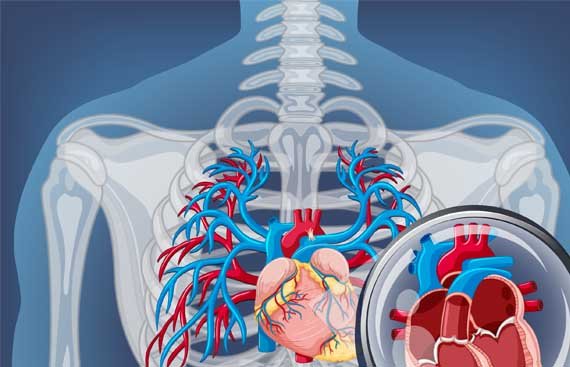
Coronary artery disease (CAD) is one of the leading causes of death worldwide. Detecting and diagnosing heart problems early is essential to prevent serious complications like heart attacks or heart failure. One of the most reliable diagnostic tools for identifying blockages in the coronary arteries is Coronary Angiography.
Coronary angiography is a specialized medical imaging procedure that uses contrast dye and X-rays to visualize the blood flow in the coronary arteries. These arteries supply oxygen-rich blood to the heart muscle. If they become narrowed or blocked, it can lead to chest pain, shortness of breath, or even a heart attack.
The procedure is often performed using a technique called cardiac catheterization, where a thin, flexible tube (catheter) is inserted through an artery in the wrist or groin and guided to the heart.
“Early detection through coronary angiography can save lives by identifying blockages before they become life-threatening.”
Here are some key reasons why coronary angiography is considered a crucial diagnostic tool:
It provides a clear image of any blockages, their location, and severity, helping doctors decide the best course of treatment.
Depending on the findings, your cardiologist may recommend medications, angioplasty (stenting), or coronary artery bypass surgery (CABG).
It helps detect other heart abnormalities like congenital defects, valve disease, or aneurysms.
Timely diagnosis and treatment planning significantly reduce the risk of heart attacks and improve long-term health.
It’s used to assess the success of previous bypass surgeries or stent placements and monitor any new blockages.
Your doctor may advise coronary angiography if you have:
Yes, coronary angiography is generally safe and performed under local anesthesia. Some risks like bleeding, infection, or allergic reaction to the dye exist but are rare and manageable under expert care.
Coronary angiography plays a vital role in the early detection and treatment of heart disease. It provides precise, life-saving insights that help cardiologists make informed decisions and improve the patient’s quality of life. If you’re experiencing symptoms of heart disease, don’t wait — early diagnosis can make all the difference.